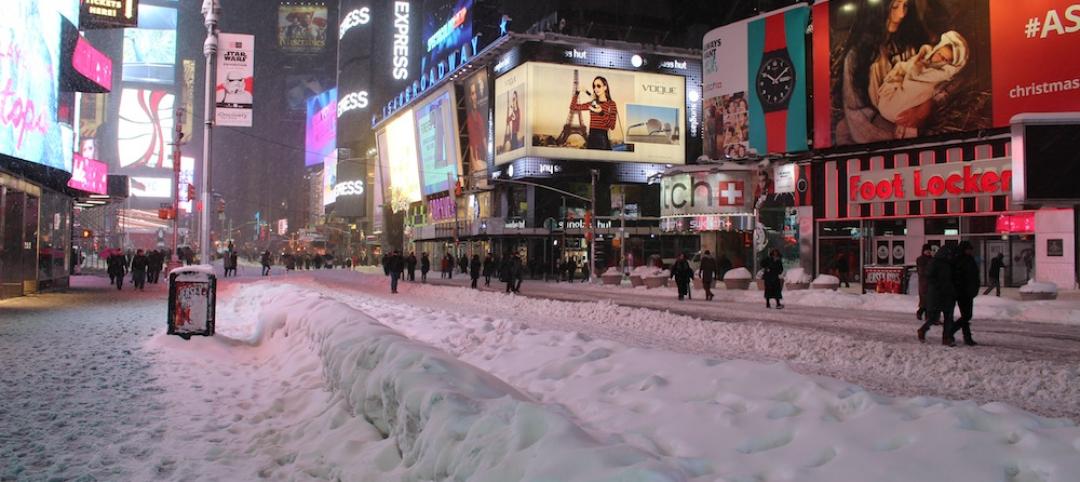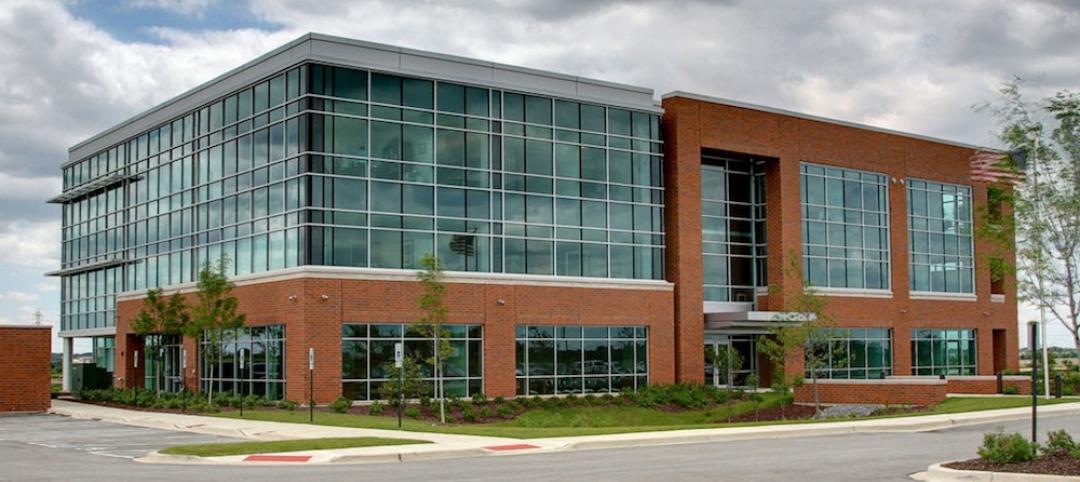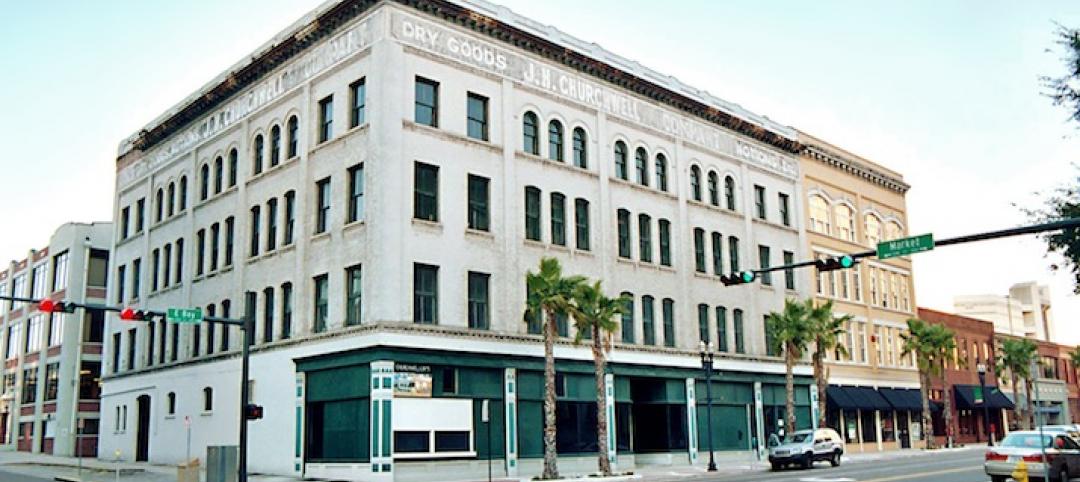The Obama Administration has pledged $1 billion in federal funding to protect the New York City region from flooding like the area experienced from Superstorm Sandy.
The money will go towards the construction of a system of dikes around the tip of lower Manhattan, and water pumps and parks across the Hudson River in New Jersey.
Six projects were chosen from a design competition created by a Hurricane Sandy Rebuilding Task Force and are intended to safeguard low-lying coastal areas. The projects include “The Big U,” an 8-mile long system of dikes around the tip of Lower Manhattan, a series of natural breakwaters—oyster beds and other living reefs—that could absorb storm waters heading for Staten Island, and an initiative to help drain stretches of Long Island.
In northern New Jersey, two projects will create green space to slow storm surges, install water pumps to discharge the runoff, and create additional wetlands and a multi-purpose berm. The projects still must undergo government review, and it would likely be many years before they can be completed.
(http://nypost.com/2014/06/03/feds-announce-projects-to-protect-nyc-and-nj-from-storm-damage/)
Related Stories
Codes and Standards | Feb 12, 2016
Huge fraud case involving alleged engineering impostors uncovered in California
Hundreds of buildings may have to be demolished.
Codes and Standards | Feb 11, 2016
New York governor makes emergency design-build authorization
The declaration was issued in response to Winter Storm Jonas which dumped over 18 inches of snow in parts of the state.
Green | Jan 29, 2016
USGBC names top 10 states for LEED green building
Illinois leads the list for the third straight year.
Codes and Standards | Jan 25, 2016
Dept. of Energy releases decision guides for plug and process loads
Plug and process loads consume about 30% of the primary energy in U.S. commercial buildings today.
Codes and Standards | Jan 22, 2016
ConsensusDocs releases new multi-party IPD agreement and joining agreement
The documents serve as a comprehensive revision of previous IPD agreement
Codes and Standards | Jan 22, 2016
State Savings Calculator analyzes savings associated with energy codes
The calculator breaks down the cost-effectiveness of energy codes on a state-by-state basis.
Codes and Standards | Jan 22, 2016
Metal Roofing Seaming Guide published by Metal Construction Association
The free document is specifically tailored for metal roof installation.
Codes and Standards | Jan 22, 2016
Treasury Dept. will start crackdown on illicit money in luxury real estate
The move is expected to impact high-end condo development.
Resiliency | Jan 13, 2016
LEED credits on resiliency expected to influence future of building design
Post-disaster survivability is a key goal.
Codes and Standards | Jan 12, 2016
Batteries are the next step in raising sustainability standards
Battery technology will reduce electricity costs and promote a more stable, flexible grid.

















